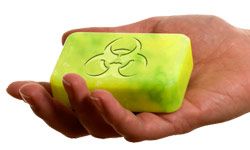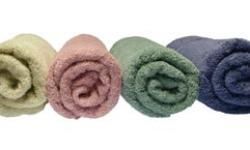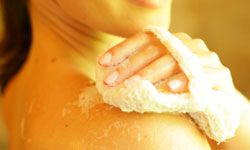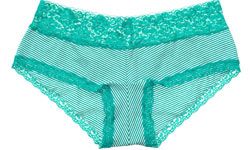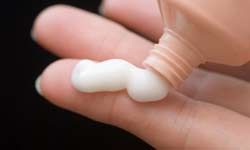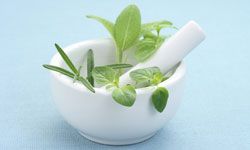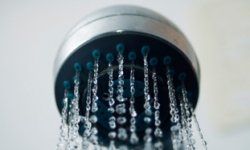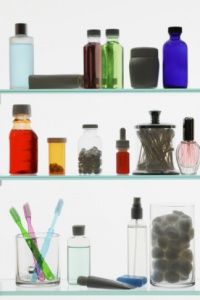Most women are bothered at one time or another by vaginitis -- the itching, burning, pain, and discharge that comes with a vaginal yeast infection. Yeast infections can be caused by a number of organisms, many of which inhabit the healthy vagina. One of the most common causes of vaginitis is the fungus Candida albicans. The annoying symptoms can include itching, discharge that has a "baked bread" odor, and reddening of the labia and, in some cases, the upper thigh.
While yeast infections can often be treated successfully at home, it's important to be sure that yeast is really the culprit. Infection with other types of organisms, which may require treatment with prescription medication, can often cause symptoms similar to those of a yeast infection.
Advertisement
If the discharge is foul-smelling, yellowish, and frothy, you may be infected by a one-celled protozoa called Trichomonas, or "trick." If you have a heavy discharge without much irritation and notice a fishy odor, particularly after intercourse, your symptoms may be due to a bacterial infection that doctors call "bacterial vaginosis." Indeed, bacterial infections are the most common cause of vaginitis. Both of these infections require treatment with prescription medication.
Many women who suffer from recurrent yeast infections have had their symptoms diagnosed by a doctor and know all too well the signs and symptoms of a yeast flare-up. If you're sure your vaginitis is caused by a yeast infection, you may want to try the home remedies in the next section.
